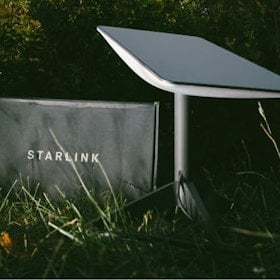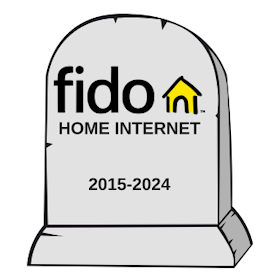
WhistleOut fast facts
- In a significant update, Google introduced passkeys to Google Accounts, allowing users to create a key to hold all their passwords.
- In Gmail, the company is adding a blue checkmark to help email senders authenticate themselves to recipients.
- Google announced a change to the lock icon on Chrome that will allow users to see the security and connection settings on a site.
- These new security features are built on two-factor authentication and security keys to protect users online.
Google has announced three significant changes to security and verifications features across the Google Suite, including in Google Accounts, Gmail, and Chrome. These changes should help users be safer online and less susceptible to phishing schemes and sketchy websites.
Passkeys for Google Accounts
First, Google introduced a passkey in personal Google Accounts, starting May 3, 2023. The passkey, when used, will supersede passwords and two-step verification processes. Passkeys are designed with fingerprints, Face IDs, screen locks, and hardware security keys.
The passkey allows you to sign in on different devices without requiring different passwords, and you can also make the passkey on multiple devices. As always, Google does not recommend creating a passkey on a shared device.
Users are not required to create a passkey now and can opt to maintain their password and account.
Passkeys are super secure, and with AI cracking most passwords in just a few hours, it’s crucial to prioritize account security.
Authentication tools in Gmail
This May, Google is also rolling out new authentication tools for brands in Gmail. In 2021, Gmail required “senders to use strong authentication and verify their brand logo” if they want to display a brand logo in their email. That’s why some brands have a logo when you click on the email. But now, Google is expanding that feature with a blue checkmark to help users verify that the sender is authentic.
According to a screenshot released by the company, a blue checkmark will be accompanied by the words, “This sender of this email has verified that they own [domain] and the logo in the profile image.”
Google Workspace customers, along with G Suite Basic and Business customers, will have access to the new feature along with Gmail users who have a personal Google Account.
Google Chrome removes padlock
Finally, Google Chrome is removing the padlock icon on the left side of the URL box and replacing it with a tune icon. While the padlock has been synonymous with security since its introduction, it is only meant to tell users whether a website uses the HTTPS protocol. Over 95% of Chrome pages are HTTPS, so it’s no longer needed.
The tune icon will offer a control menu and allow users to see if their connection is secure, what the website uses of yours (location, microphone, camera, etc.), and any cookies and data transmitted.
All three tools allow Google to offer more security to users and protection while online.
Google and privacy: A complicated partnership
Google has faced issues with privacy in the past. Our friends at WhistleOut US found that Google is named in a class-action lawsuit for collecting browser history and web data, even when users are in incognito mode. The company settled a lawsuit brought by US states over location data information.
In the U.S., Oregon Attorney General Ellen Rosenblum said, “Consumers thought they had turned off their location tracking features on Google, but the company continued to secretly record their movements and use that information for advertisers.”
While these privacy and security tools are a big step forward, Google itself still has a spotty track record for privacy and security for consumers.
Join the more than 130,000 people who follow WhistleOut to find technology they love.
Related Articles
Find Better Internet and Phone Plans
Hundreds of internet plans unpacked. All the facts. No surprises.
Internet Providers by Provinces and Territories
- Internet in Alberta
- Internet in British Columbia
- Internet in Manitoba
- Internet in New Brunswick
- Internet in Newfoundland and Labrador
- Internet in Northwest Territories
- Internet in Nova Scotia
- Internet in Nunavut
- Internet in Ontario
- Internet in Prince Edward Island
- Internet in Quebec
- Internet in Saskatchewan
- Internet in Yukon Territory











































